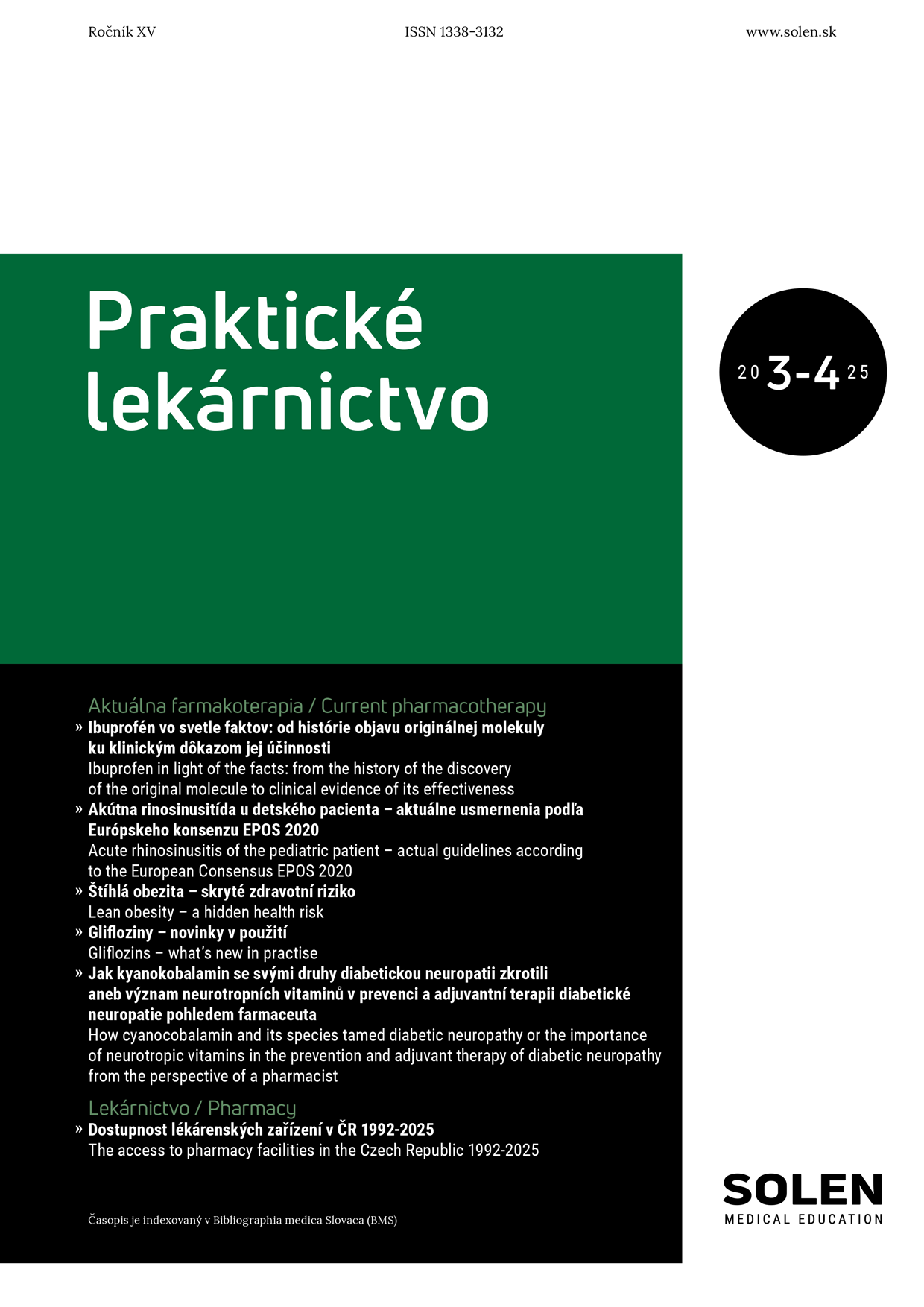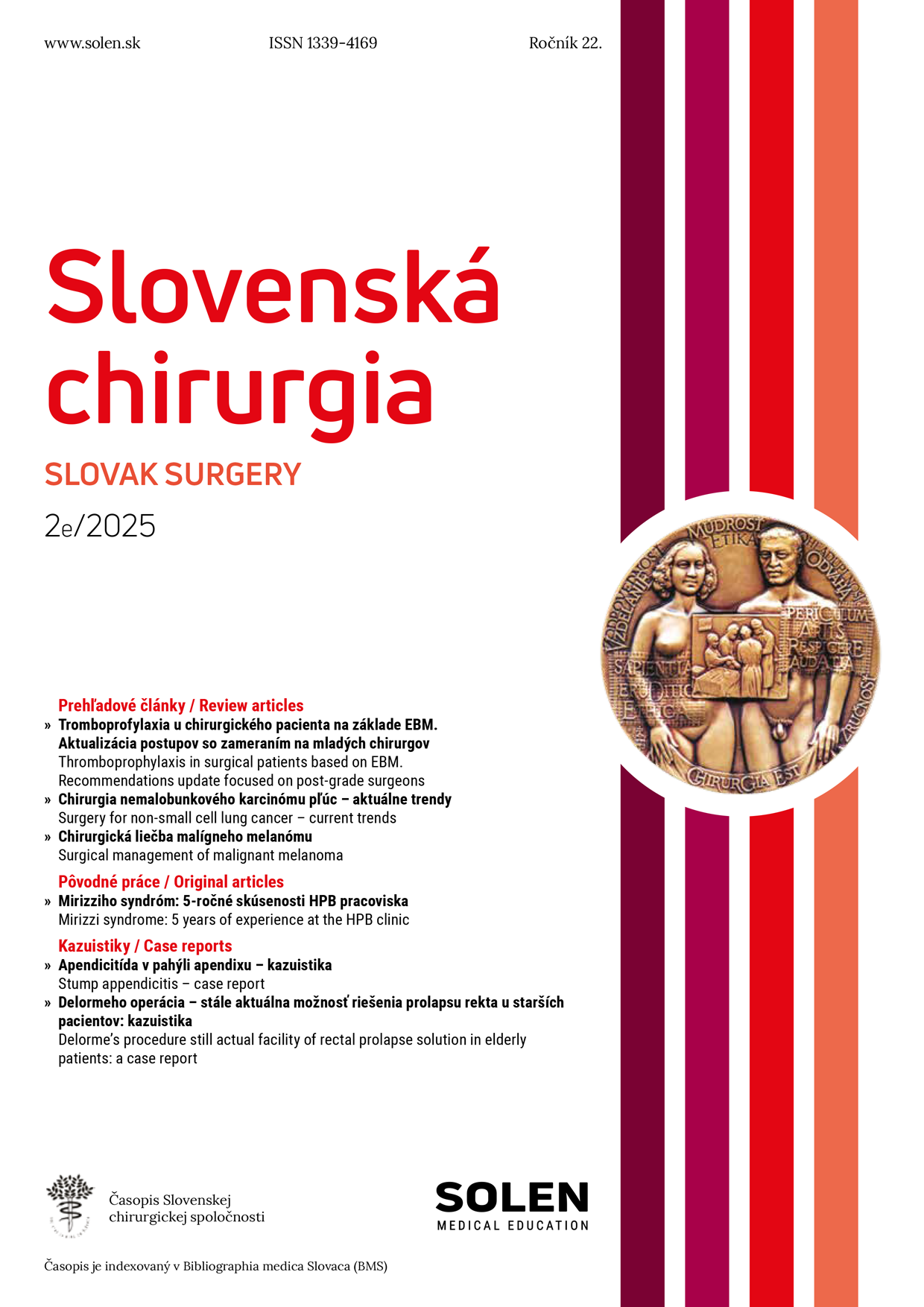Pediatria pre prax 2/2017
Surgical solution of subglottic stenosis graded III by Cotton in a child
The solution of laryngotracheal (LT) stenoses of a higher degree in children is a serious problem. Sometimes they arise due to iatrogenic trauma caused by long-term intubation through surface pressure of the intubation tube in the ring cartilage area. 50% of inborn LT stenoses are connected with systematic congenital developmental defects. The case history describes a case of a boy 5.5 years old born prematurely as the first one of twins and immediately after birth he had to be intubed due to the breathing problems. His twin had exited. The patient spent 41 days on pulmonary ventilation, survived sepsis, newborn jaundice, anaemia, then bronchopulmonary dysplasia and central hypotonic syndrome were found. The first attempt with extubation after the treatment was unsuccessful. Besides the pulmonary findings subglottic stenosis of insignificant grade was stated and the 3-month-old child underwent planned tracheostomy. Subsequently the child went through surgical treatment of retinopathy in the prematured and scrotal hernia on both sides. In the course of several years he suffered from recurrence of acute respiratory tract inflammation, incl. bronchopneumonia, the respiratory tract was colonised by pathogenic chronic microflora. The child was repeatedly examined with the endoscope, granulations in the area of tracheostomy were removed. Though the finding in the larynx - persisting narrowing - has been considered unimportant for several years, in spite of this some further unsuccessful attempts with decannulation of the child followed. In the meantime the patient was followed up as a long-time cannula patient at DORLK LF UK and DFNsP in Bratislava, his tracheostomy cannulas were exchanged. At the age of 5 surgical treatment of subglottic stenosis graded III by Cotton in the child was proposed. In February 2016 partial cricotracheal resection (PCTR) was performed applying LT Mold at the Clinic for Ear, Nose and Throat Disorders, Plastic Surgery at the City Hospital in Stuttgart. 6 months later following two further dilatations of restenosis in the area of suture the patient’s cannula was removed, breathing and swallowing seem normal, the voice is slightly affected by dysphonia, but the vocal fold mobility is preserved. The child attends speech therapy lessons. PCTR is a significant contribution to the solution of selected serious LT stenoses and the statistics show that it enables the removal of cannulas in 94% of the operated patients, the risk of accompanying complications amounts only to 10 %.
Keywords: subglottic stenosis, unsuccessful cannula removal, partial cricotracheal resection, LT Mold

















